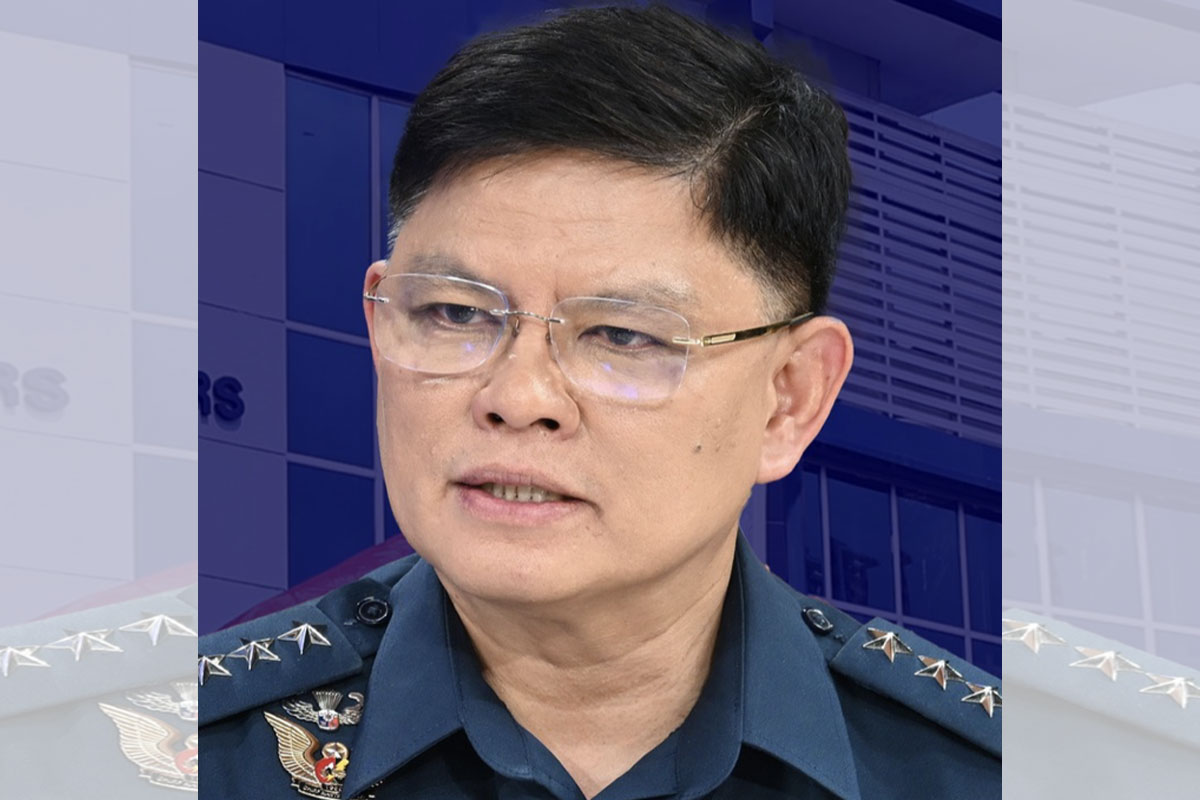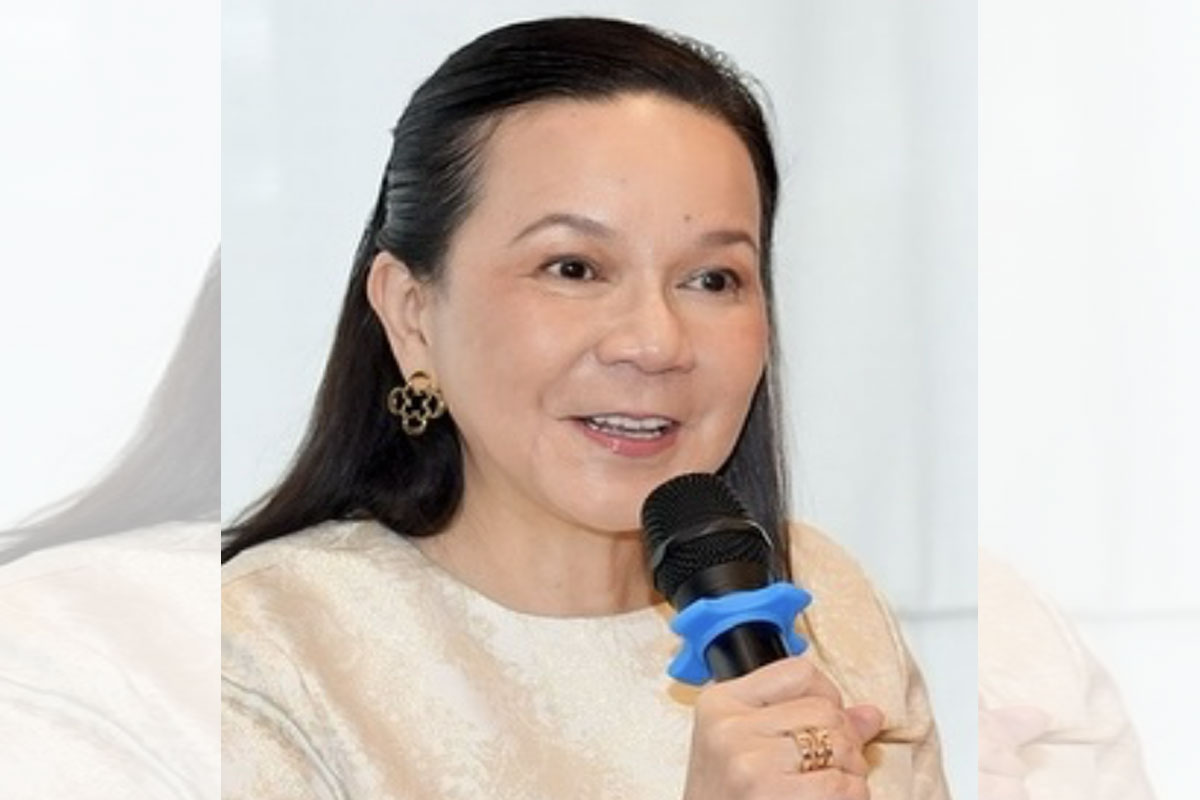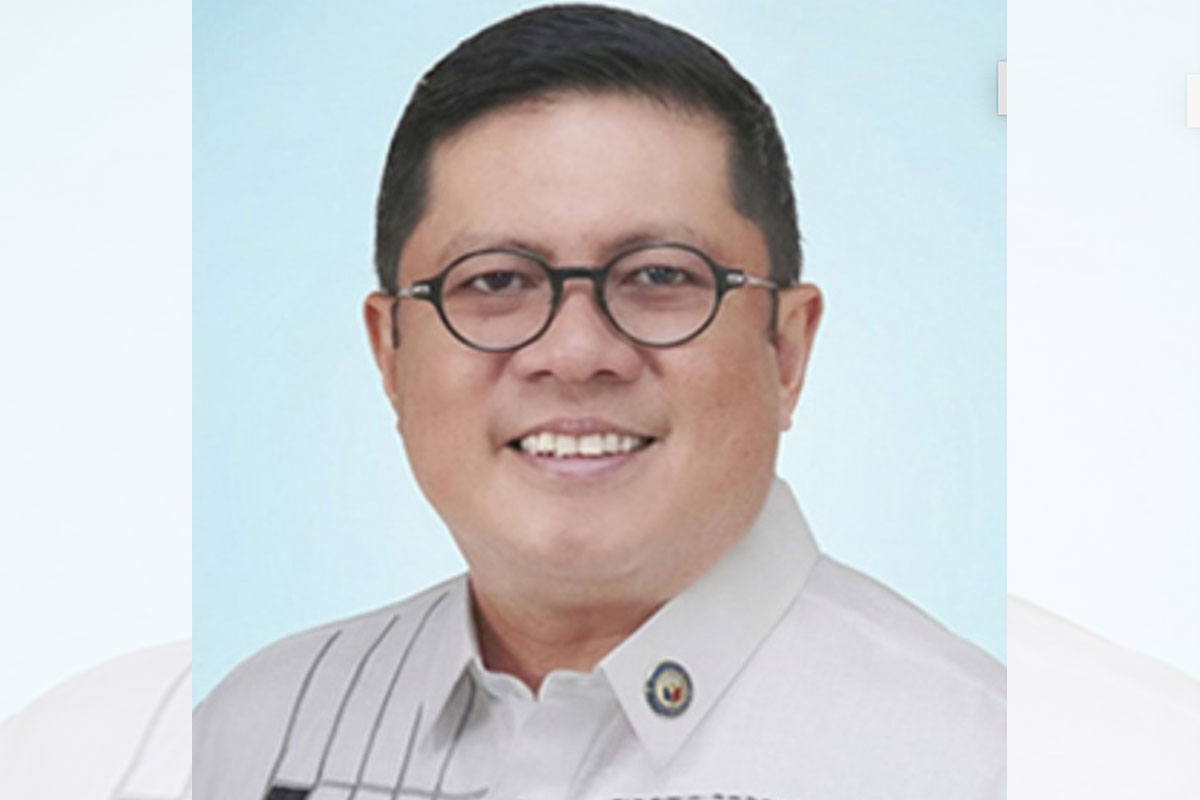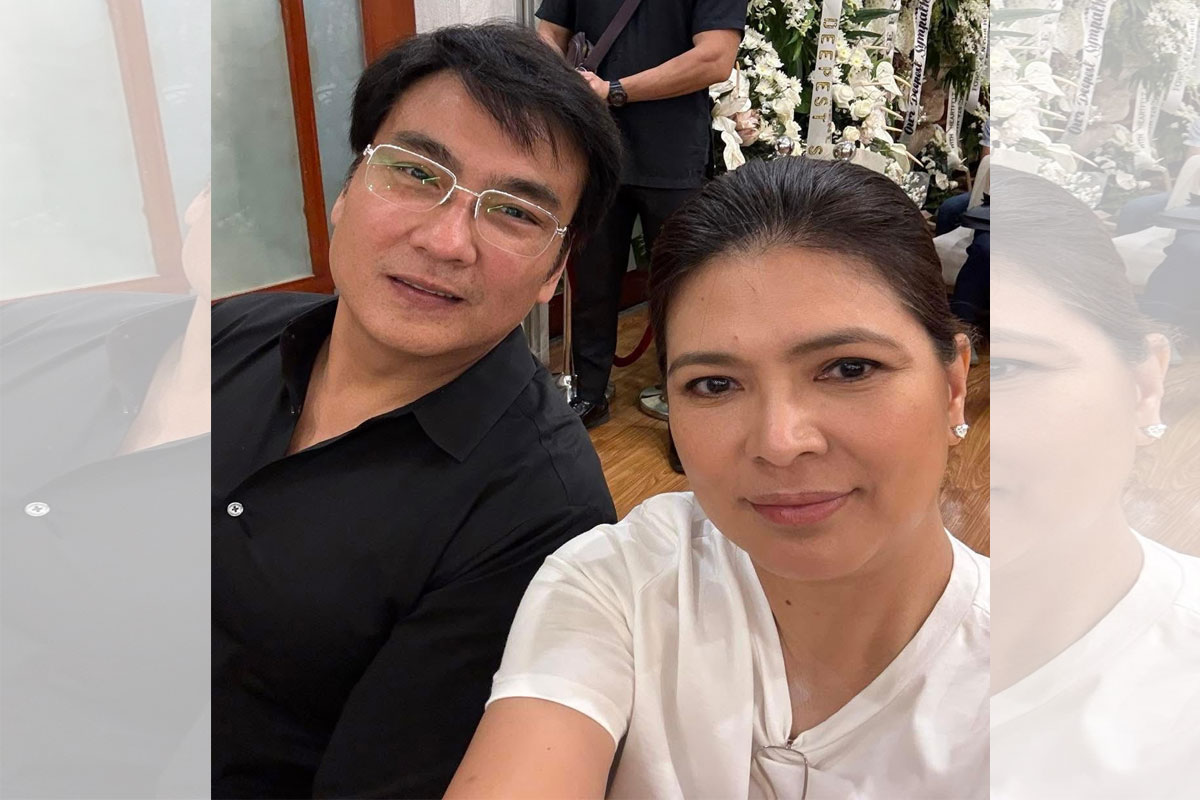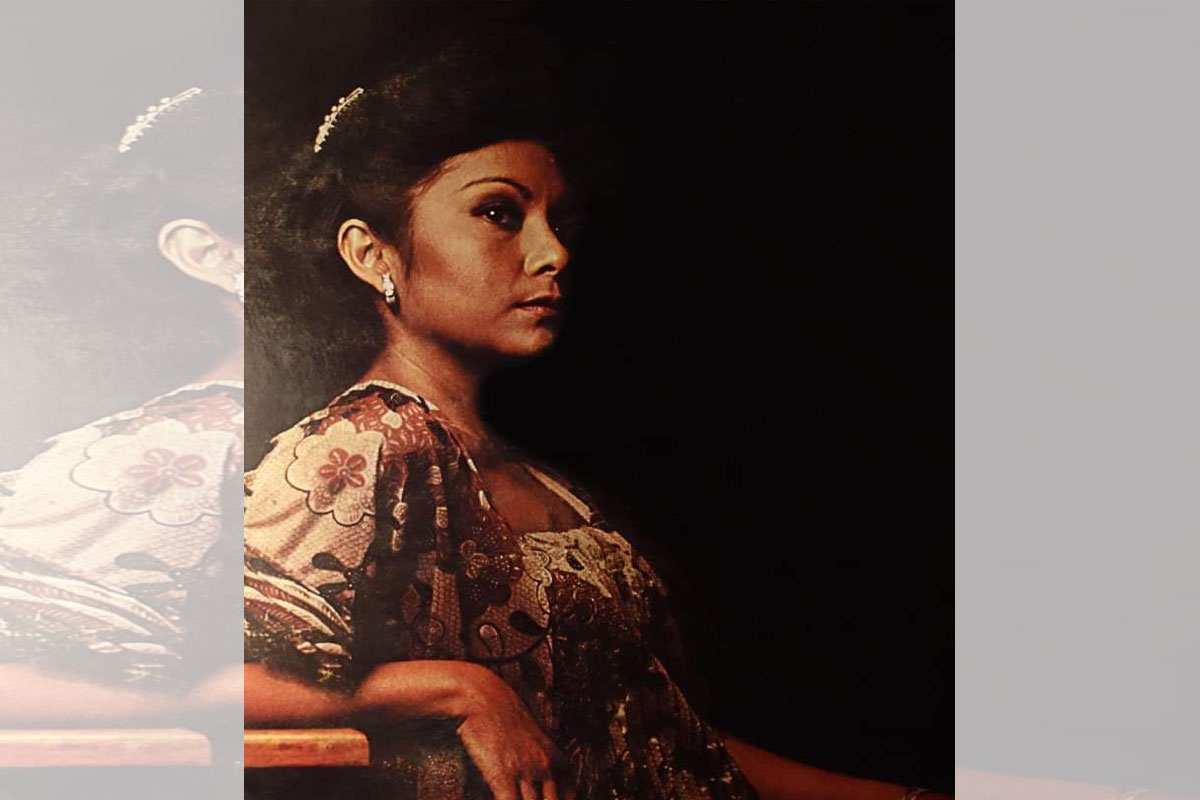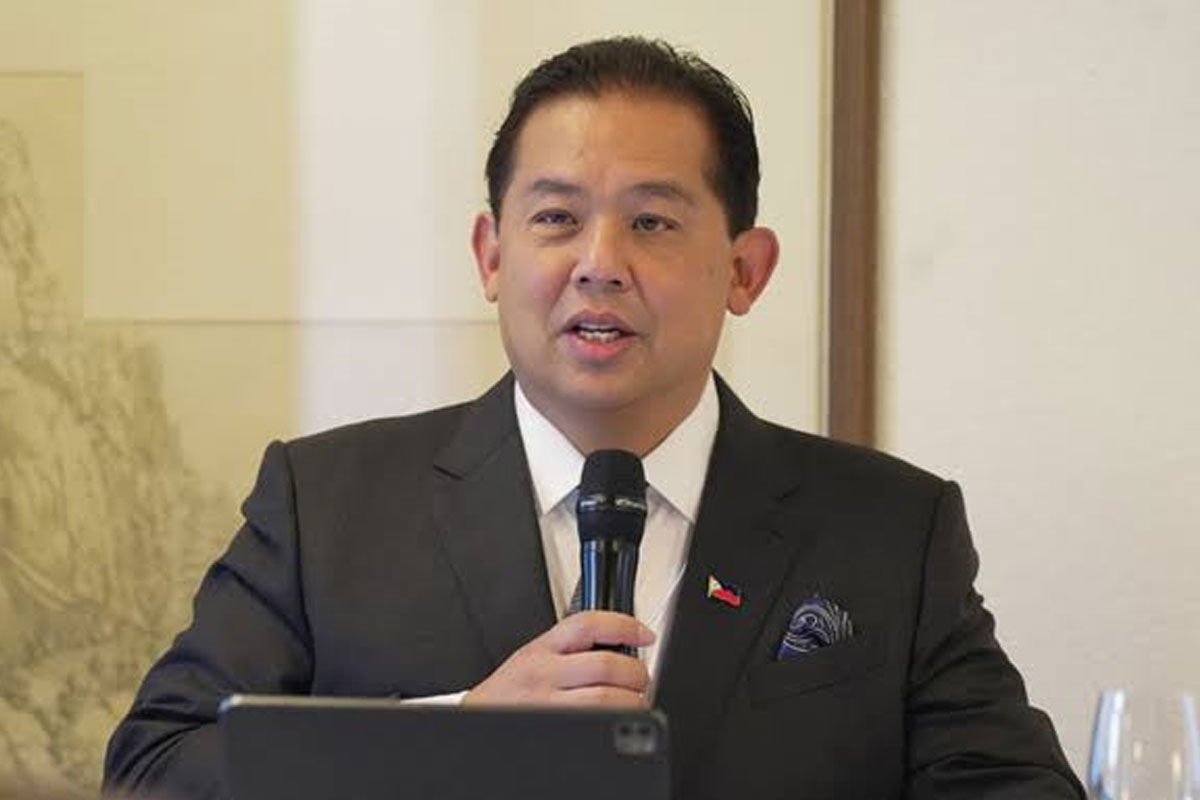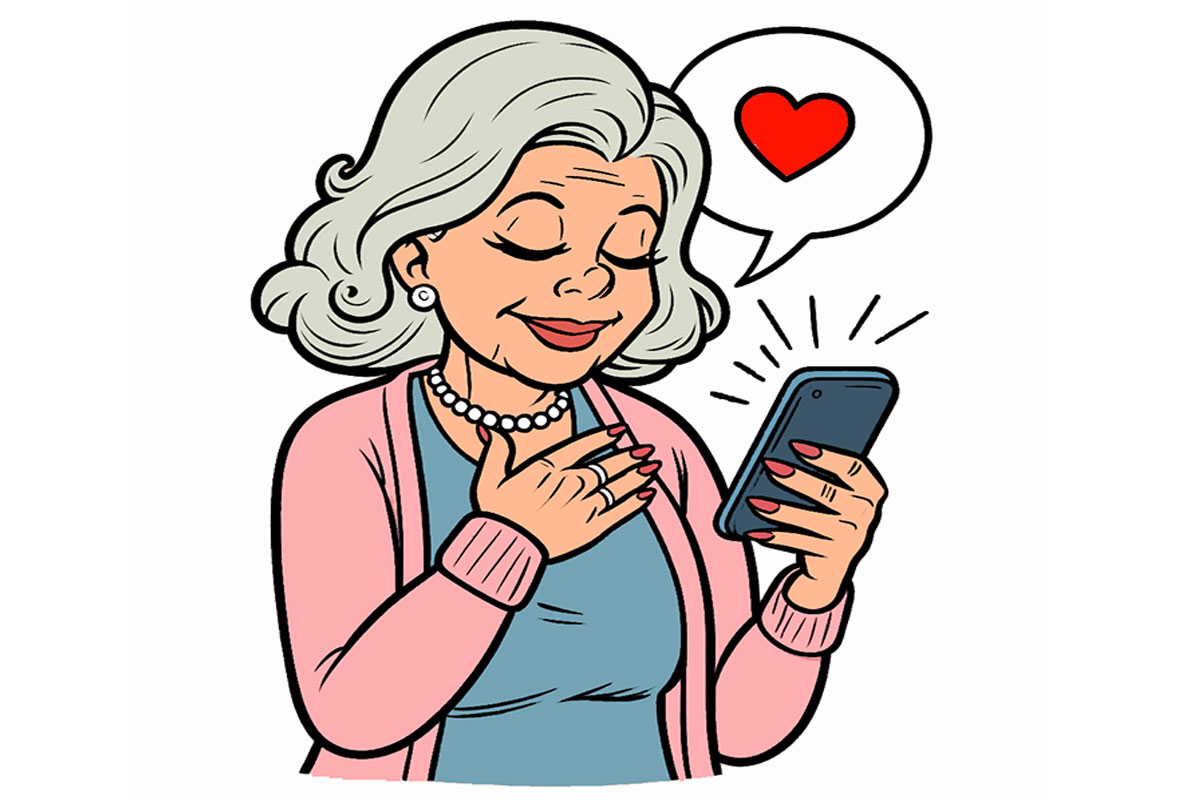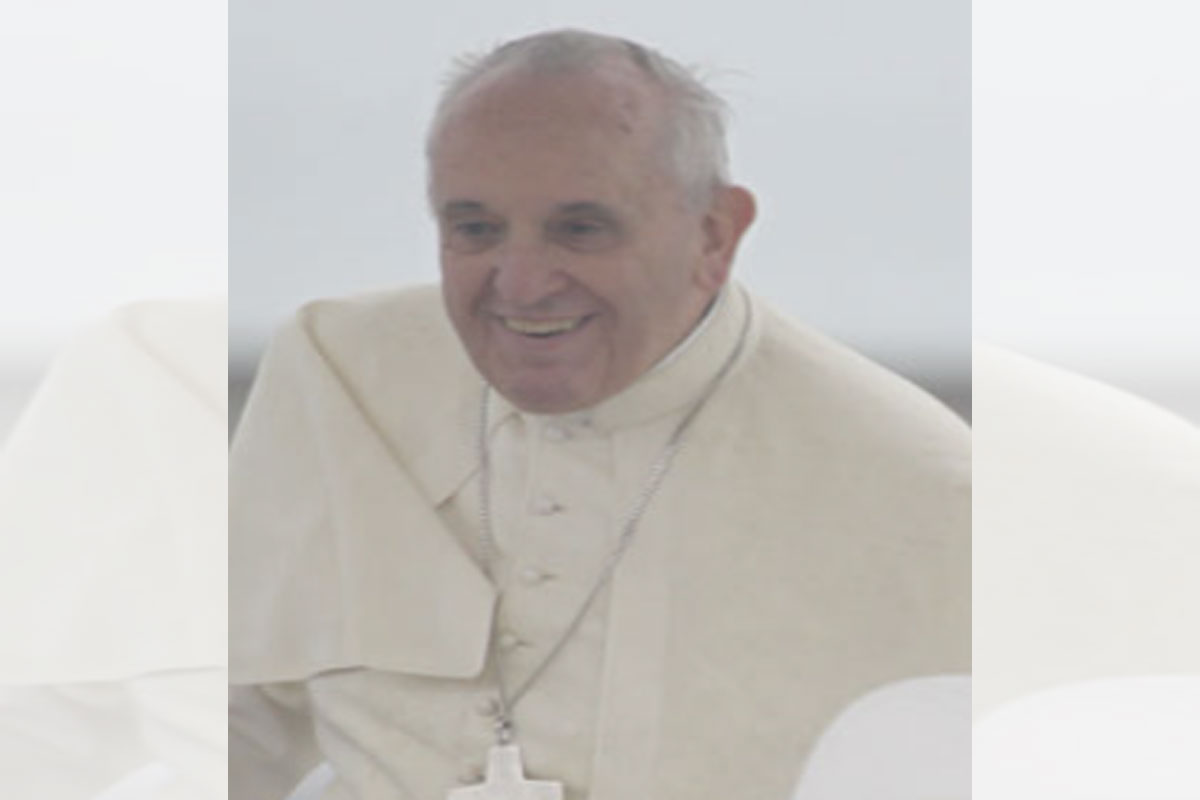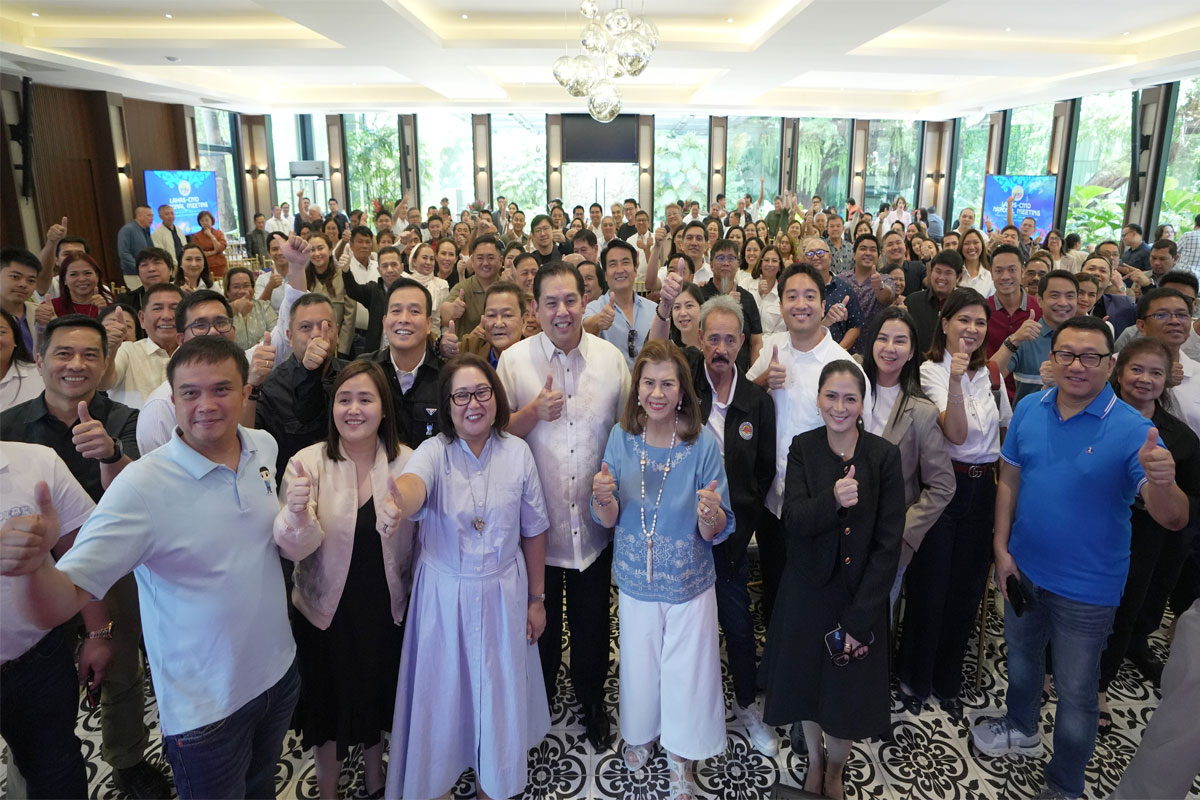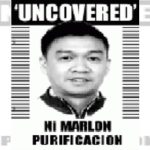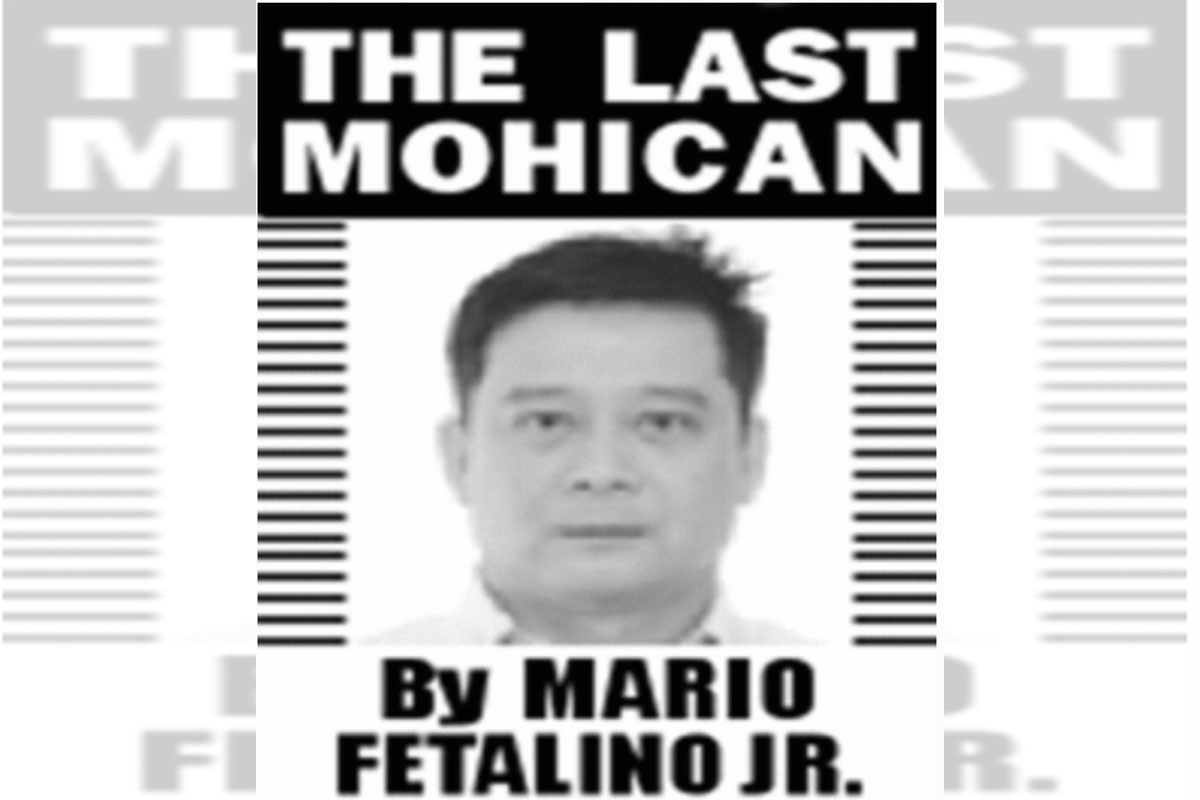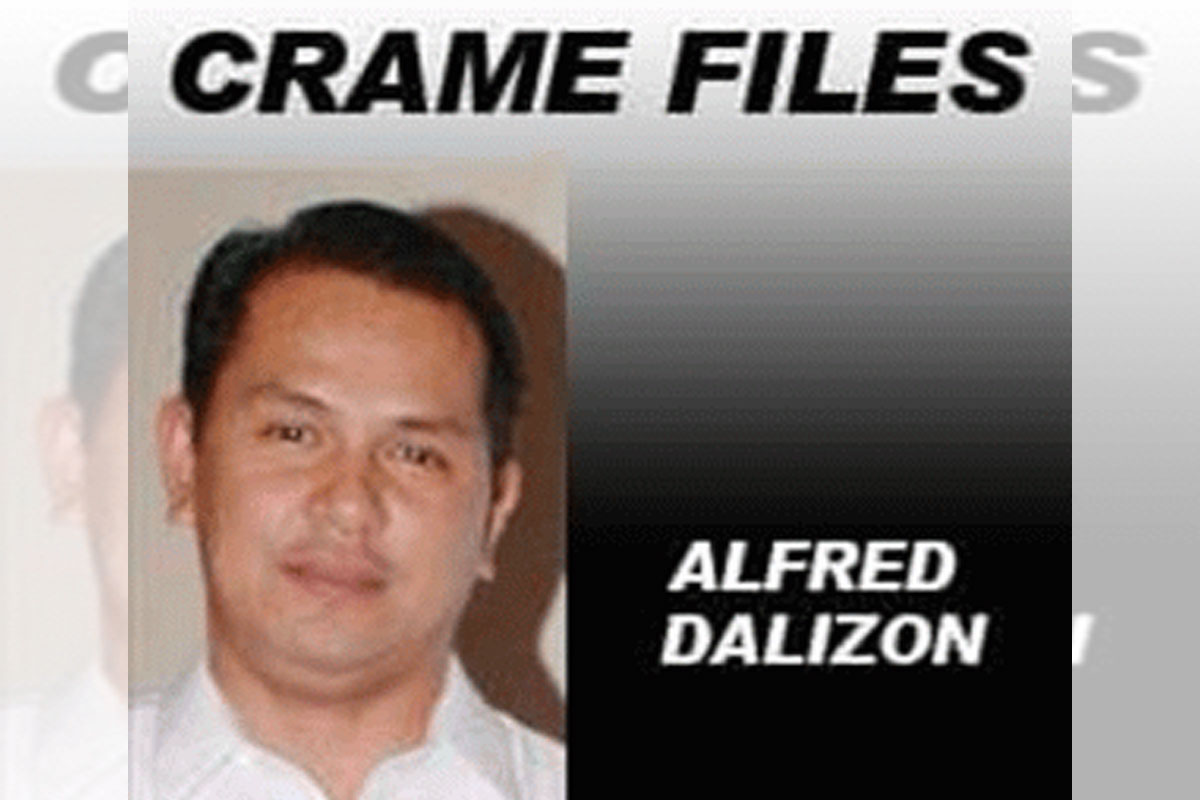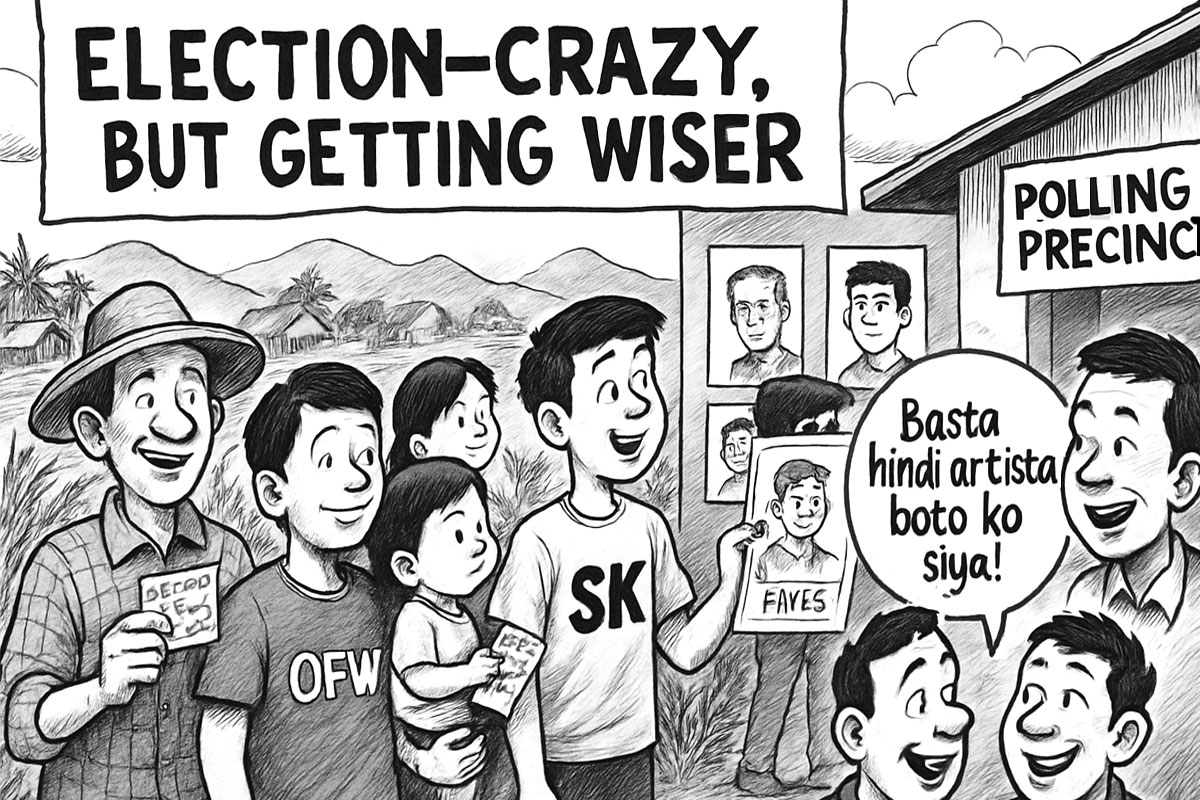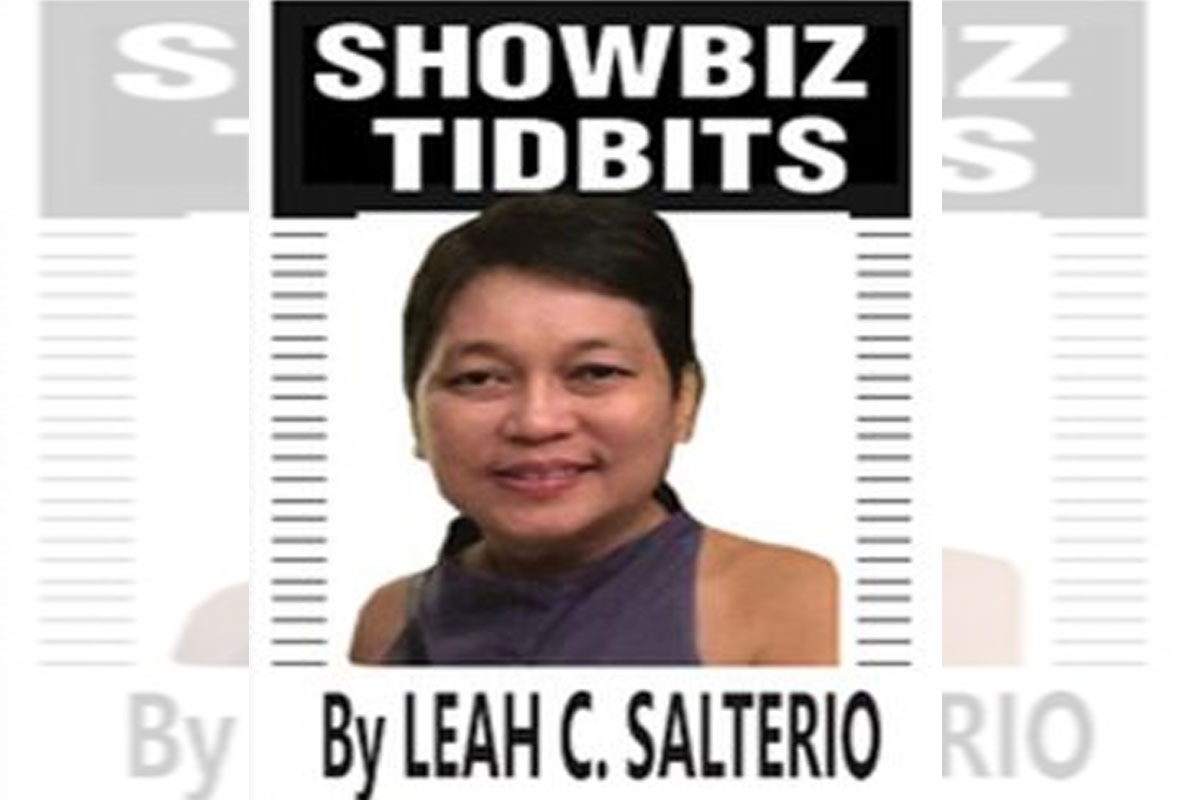
What Makes A Filipino Hero ?
THE Philippines is at the crossroads of a challenging period after the COVID pandemic – a phenomenon repeated only after almost a century ago , the 1918 Spanish Flu Pandemic. The 1918–1920 flu pandemic, also known as the Great Influenza epidemic or by the common misnomer Spanish flu, was an exceptionally deadly global influenza pandemic caused by the H1N1 influenza A virus.
The Spanish Flu Pandemic
The Spanish flu was a pandemic — a new influenza A virus that spread easily and infected people throughout the world. There were no effective treatments and no widespread efforts to prevent the spread. From 1918 to 1919, the Spanish flu infected an estimated 500 million people globally. This amounted to about 33% of the world’s population at the time. In addition, the Spanish flu killed about 50 million people. About 675,000 of the deaths were in the U.S.
World War I or the First World War (28 July 1914 – 11 November 1918) contributed much to the first global pandemic. As soldiers in the trenches became sick, the military evacuated them from the front lines and replaced them with healthy men. This process continuously brought the virus into contact with new hosts—young, healthy soldiers in which it could adapt, reproduce, and become extremely virulent without danger of burning out.
The Great Depression
The longest and deepest downturn in the history of the United States and the modern industrial economy lasted more than a decade, beginning in 1929 and ending during World War II in 1941.
Among the suggested causes of the Great Depression are: the stock market crash of 1929; the collapse of world trade due to the Smoot-Hawley Tariff; government policies; bank failures and panics; and the collapse of the money supply. This crisis marked the start of a prolonged period of economic hardship characterized by high unemployment rates and widespread business failures. negative effects of the Great Depression lasted until the beginning of World War 2. Devastating effects were seen in both rich and poor countries with falling personal income , prices , tax revenues, and profits.
Néw Dawn
Anthon St. Maarten , once said ,”There may come a time when you believe you have reached the end of the road in the darkest night. That will be the moment when a dazzling new day dawns on your horizon.”
We are entering a new dawn after the pandemic and thus we need to remember the heroes of the past , those who sacrificed and led during Covid pandemic and moving forward to inspire more people to carry on the legacy to the next generation of Filipinos. Reflecting on our huge challenges after the COVID pandemic , I urge our leaders and the people to focus on the following :
1. Preventive health education with the surge in costly lifestyle diseases and prepare for the next pandemic
2. Leadership in healthcare system given our inequities
3. Rekindle the heroic values of Dr. Jose Rizal our national hero to inspire us once again during this new dawn in our lives.
How Do We Become Heroes ?
Civic or social activism is driven by a core value called universalism which influences people to care about social equities, issues, justice, etc. Some people have it and some people don’t. Leaders who are always a minority have a strong value of universalism.
But when we ask why people become heroic, research doesn’t yet have an answer. It could be that heroes have more compassion or empathy; maybe there’s a hero gene; maybe it’s because of their levels of oxytocin—research by neuroeconomist Paul Zak has shown that this “love hormone” in the brain increases the likelihood you’ll demonstrate altruism. We don’t know for sure.
I believe that heroism is different than altruism and compassion. For the last 20 years, my colleagues at the Philippine College of Physicians and I have been exploring the nature and roots of heroism using the Rizalian spirit.
Philip Zimbardo, Ph.D., a professor emeritus of psychology at Stanford University, a professor at Palo Alto University, a two-time past president of the Western Psychological Association, and a past president of the American Psychological Association, widely studied the exemplary cases of heroism and surveying thousands of people about their choices to act (or not act) heroically. In that time, they have come to define heroism as an activity with several parts.
First, it’s performed in service to others in need—whether that’s a person, group, or community—or in defense of certain ideals.
Second, it’s engaged in voluntarily, even in military contexts, as heroism remains an act that goes beyond something required by military duty.
Third, a heroic act is one performed with recognition of possible risks and costs, be they to one’s physical health or personal reputation, in which the actor is willing to accept anticipated sacrifice.
Finally, it is performed without external gain anticipated at the time of the act.
Traits of a Hero
Kindness, self-esteem, and putting others before yourself are the three main traits of a hero. The first trait for a good hero is kindness. Heroes need to be kind because being a hero is more than just saving someone’s life. A hero must be considerate of others.
Simply put, then, the key to heroism is a concern for other people in need—a concern to defend a moral cause, knowing there is a personal risk, done without expectation of reward.
This is an idea wonderfully represented in an illusion by M. C. Escher. What Escher’s telling us is that the world is filled with angels and devils, goodness and badness, and these dark and light aspects of human nature are our basic yin and yang. That is, we all are born with the capacity to be anything. Because of our incredible brains, anything that is imaginable becomes possible, anything that becomes possible can get transformed into action, for better or for worse.
George Bernard Shaw captured this point in the preface to his great play “Major Barbara”: “Every reasonable man and woman is a potential scoundrel and a potential good citizen. What a man is depends upon his character what’s inside. What he does and what we think of what he does depends on upon his circumstances.”
So each of us may possess the capacity to do terrible things. But we also posses an inner hero; if stirred to action, that inner hero is capable of performing tremendous goodness for others.
Another conclusion from the Zimbardo research is that few people do evil and fewer act heroically. Between these extremes in the bell curve of humanity are the masses—the general population who do nothing, who I call the “reluctant heroes”—those who refuse the call to action and, by doing nothing, often implicitly support the perpetrators of evil.So on this bell curve of humanity, villains and heroes are the outliers. The reluctant heroes are the rest. What we need to discover is how to give a call to service to this general population.
What is the Lucifer Effect in psychology?
The Lucifer Effect is the phenomenon discovered by Phillip Zimbardo where people go from being individually moral to becoming evil, corrupt, and often brutal, toward other people as a result of pressure under specific group circumstances. He is also the author of the best-selling book The Lucifer Effect and the president of the Heroic Imagination Project.
Heroism can be defined as having four key features:
(a) it must be engaged in voluntarily;
(b) it must involve a risk or potential sacrifice, such as the threat of death, an immediate threat to physical integrity, a long-term threat to health, or the potential for serious degradation of one’s quality of life;
(c) it must be conducted in service to one or more other people or the community as a whole; and
(d) it must be without secondary, extrinsic gain anticipated at the time of the act.
(Philip G. Zimbardo, The Lucifer Effect: Understanding How Good People Turn Evil)
These are many unsung, quiet heroes—they do their own thing, put themselves in danger, defend a moral cause, help someone in need. But how do we highlight them ?
We want them to be inspirational to other people just like them.
We don’t yet have a recipe for creating heroes, but we have some clues, based on the stories of some inspiring heroes.
I love the story of a wonderful nine-year-old Chinese boy, who I call a dutiful hero. In 2008, there was a massive earthquake in China’s Szechuan province. The ceiling fell down on a school, killing almost all the kids in it. This kid escaped, and as he was running away he noticed two other kids struggling to get out. He ran back and saved them. He was later asked, “Why did you do that?” He replied, “I was the hall monitor! It was my duty, it was my job to look after my classmates!”
This perfectly illustrates what researchers call the “heroic imagination,” a focus on one’s duty to help and protect others. For the Chinese boy , it was cultivated by being assigned this role of hall monitor.
Another great story: Irena Sendler was a Polish hero, a Catholic woman who saved at least 2,500 Jewish kids who were holed up in the Warsaw ghetto that the Nazis had erected. She was able to convince the parents of these kids to allow her to smuggle them out of the ghetto to safety. To do this, she organized a network.
That is a key principle of heroism: Heroes are most effective not alone but in a network. It’s through forming a network that people have the resources to bring their heroic impulses to life.
What these stories suggest is that every one of us can be a hero. I’ve become even more convinced that acts of heroism don’t just arrive from truly exceptional people but from people placed in the right circumstance, given the necessary tools to transform compassion into heroic action.
There are already a lot of great global heroes projects out there, such as the Giraffe Heroes Project. This nonprofit honors Giraffe Heroes—compassionate risk-takers who are largely unknown, people who have the courage to stick their necks out for the common good, in the US and around the world.
When they tell their stories in social and traditional media, others are moved to stick their necks out too, helping solve significant public problems important to them.
Here are a few key insights from research done surveying 4,000 Americans from across the country. Each of these statements is valid after controlling for all demographic variables, such as education and socioeconomic status.
Heroes surround us.
One in five—20 percent—qualify as heroes, based on the definition of heroism I provide above. Seventy-two percent report helping another person in a dangerous emergency. Sixteen percent report whistle blowing on an injustice. Six percent report sacrificing for a non-relative or stranger. Fifteen percent report defying an unjust authority. And not one of these people has been formally recognized as a hero.
Opportunity matters.
Most acts of heroism occur in urban areas, where there are more people and more people in need. You’re not going to be a hero if you live in the suburbs. No shit happens in the suburbs!
Education matters.
The more educated you are, the more likely you are to be a hero, I think because you are more aware of situations.
Volunteering matters.
One third of all the sample who were heroes also had volunteered significantly, up to 59 hours a week.
Gender matters.
Males reported performing acts of heroism more than females. I think this is because women tend not to regard a lot of their heroic actions as heroic. It’s just what they think they’re supposed to do for their family or a friend.
Race matters.
Blacks were eight times more likely than whites to qualify as heroes. We think that’s in part due to the rate of opportunity.
Personal history matters.
Having survived a disaster or personal trauma makes you three times more likely to be a hero and a volunteer.
Essentially, we’re trying to build the social habits of heroes, to build a focus on the other, shifting away from the “me” and toward the “we.”
As the poet John Donne wrote: “No man [or woman] is an island entire of itself; every man is a piece of the continent, a part of the main; … any man’s death diminishes me, because I am involved in mankind. And therefore never send to know for whom the bell tolls; it tolls for thee.”
So every person is part of humanity. Each person’s pulse is part of humanity’s heartbeat. Heroes circulate the life force of goodness in our veins.
And what the world needs now is more heroes—you. It’s time to take action against evil.
###
Anthony C. Leachon, M. D.
Independent Health Reform Advocate
Past President ,
Philippine College of Physicians
Department of Internal Medicine
Manila Doctors Hospital


